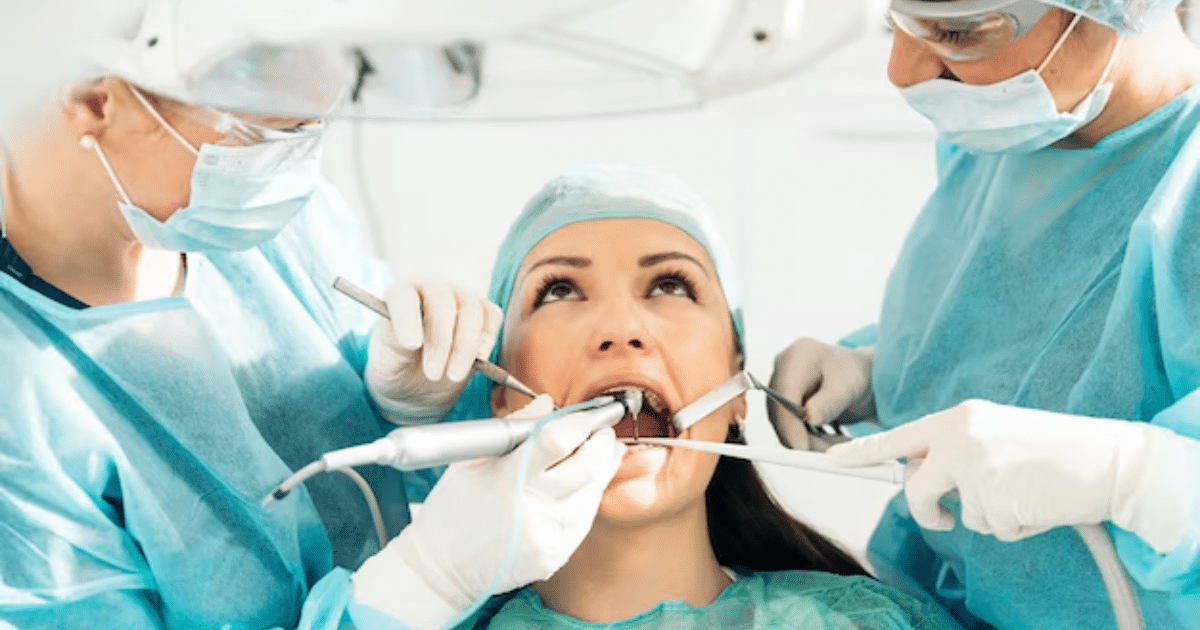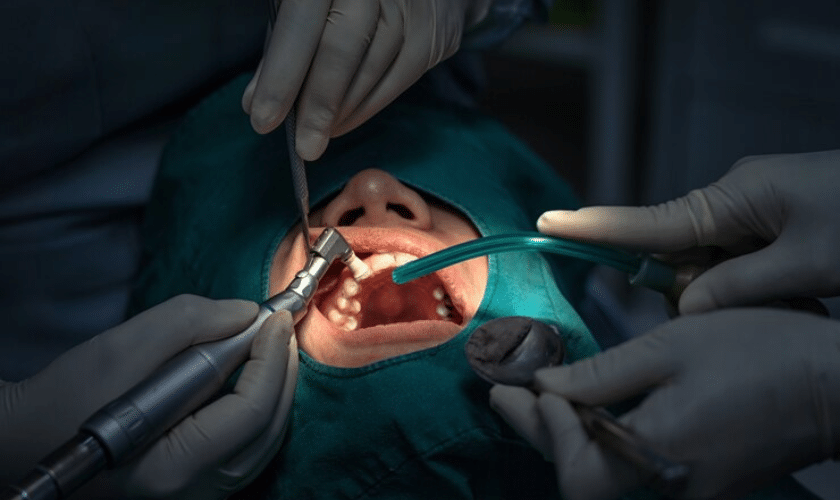
After undergoing oral surgery, ensuring proper healing and minimizing discomfort is paramount. Transitioning to a soft-food diet during the recovery phase can play a significant role in this process. This guide explores a variety of soft foods that are gentle on your healing mouth, providing essential nutrients while reducing the risk of irritation or complications. From creamy soups to yogurt and mashed vegetables, these options offer both nourishment and comfort. By choosing the right soft foods, you can support your body’s healing journey and make the recovery process smoother and more manageable.
Benefits of Soft Foods
1. Minimizing Irritation and Discomfort:
Soft foods are gentle on surgical sites, reducing the risk of irritation, inflammation, and discomfort. Chewing hard or crunchy foods can inadvertently disturb healing tissues while opting for soft options promotes a smoother recovery process.
2. Nutritional Support without Strain:
Soft foods provide essential nutrients required for healing and recovery without placing excessive strain on your mouth. Nutrient-rich options like smoothies, yogurt, and mashed vegetables supply your body with the fuel it needs to heal effectively, supporting your immune system and overall well-being during this crucial phase.
Recommended Soft Foods
1. Smoothies and Blended Soups:
Nutrient-packed smoothies made with ingredients like bananas, berries, spinach, and protein powder offer easy-to-consume nourishment. Blended soups, such as butternut squash or tomato bisque, are soothing and provide hydration.
2. Dairy Options:
Yogurt, pudding, and cottage cheese are rich in protein and calcium, aiding in tissue repair and maintaining oral health. These options are easy to swallow and provide a creamy texture that’s gentle on surgical sites.
3. Mashed and Pureed Vegetables:
Cooked and mashed vegetables like sweet potatoes, carrots, and broccoli provide essential vitamins and minerals. They are easily digestible and offer variety in texture and flavor.
4. Soft Proteins:
Incorporate sources like scrambled eggs, well-cooked fish, and soft tofu for protein intake. Protein supports tissue healing and strengthens the immune system without requiring extensive chewing.
Hydration and Cooling Choices
1. Importance of Hydration:
Staying hydrated is crucial for a swift recovery. While consuming soft foods, remember to include hydrating options like water, herbal teas, and clear broths. Proper hydration supports healing, prevents dry mouth, and aids in flushing out toxins from the body.
2. Cooling Effects for Comfort:
Cold and frozen soft foods like yogurt, ice cream, and fruit sorbets can provide soothing relief by reducing swelling and discomfort around surgical areas. These cooling options also offer a refreshing break from warm or room-temperature foods, making the recovery process more comfortable.
Foods to Avoid
1. Hard and Crunchy Foods
Avoid foods that require excessive chewing or may create pressure on surgical sites. This includes chips, nuts, and raw vegetables.
2. Spicy Foods
Spicy foods can irritate sensitive surgical areas and potentially lead to discomfort. It’s best to steer clear of foods with strong spices or hot sauces.
3. Acidic Foods and Beverages
Acidic foods and drinks like citrus fruits, tomatoes, and sodas can irritate healing tissues and cause discomfort.
4. Sticky and Chewy Foods
Foods like caramel candies, chewing gum, and sticky sweets can get stuck in surgical sites and interfere with healing.
5. Hot Foods and Beverages
Hot foods and beverages can increase blood flow to the surgical area, potentially leading to inflammation and discomfort.
Meal Ideas for Different Stages of Recovery
1. Immediate Post-Surgery Phase
– Nutrient-Packed Smoothie: Blend a combination of bananas, berries, spinach, yogurt, and almond milk for a nourishing and easy-to-consume meal.
– Creamy Soup: Enjoy a soothing bowl of blended butternut squash or tomato soup that provides hydration and essential vitamins.
2. Intermediate Recovery Phase
– Mashed Potatoes with Protein: Prepare creamy mashed potatoes with a side of well-cooked and finely shredded chicken or turkey for added protein.
– Yogurt Parfait: Layer yogurt with soft fruits like mashed bananas, honey, and granola for a satisfying and nutritious option.
3. Progressing to Solid Foods
– Scrambled Eggs with Soft Vegetables: Cook scrambled eggs and mix in finely chopped and steamed spinach or zucchini for added texture and nutrients.
– Soft Pasta: Opt for well-cooked pasta with a light and easily digestible tomato sauce. Add soft-cooked vegetables for a balanced meal.
Tips for Eating Comfortably
1. Chewing Techniques
Use the side of your mouth opposite to the surgical site for chewing. Cut your food into small, manageable pieces to minimize the need for extensive chewing. This reduces the risk of accidentally disturbing the surgical area and promotes comfort while eating.
2. Temperature Considerations
Opt for lukewarm or cooler foods to minimize discomfort. Hot foods and beverages can increase blood flow to the surgical site, potentially causing irritation or inflammation. Cold or room-temperature foods can provide soothing relief and reduce swelling.
Source: Healthline
Incorporating the best soft foods into your diet post oral surgery not only supports healing but also enhances comfort. From nutrient-rich smoothies to easily digestible proteins, making informed choices during each recovery phase is vital. By prioritizing gentle nourishment, you can ensure a smoother and more pleasant journey to recovery.


